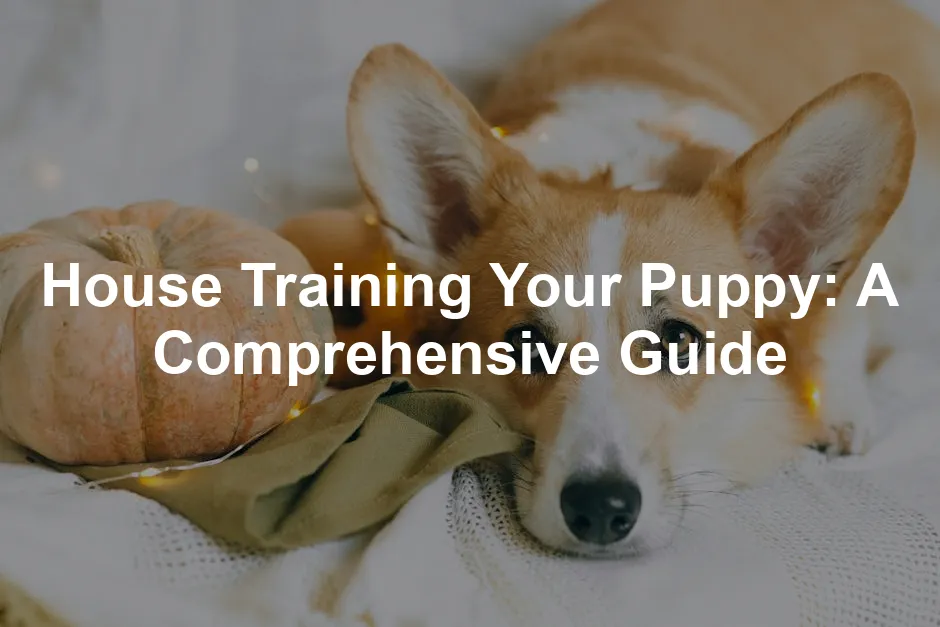Introduction
House training your puppy is crucial for a happy home. It helps establish a strong bond between you and your furry friend. However, many new puppy owners face challenges during this process. Accidents can happen, and frustration may arise. That’s why proper training is essential. In this guide, we’ll share step-by-step strategies to successfully house train your puppy.
One essential item you might want to consider is the PetSafe ScoopFree Ultra Self-Cleaning Litter Box. This product can be a lifesaver for busy pet owners. Imagine not having to scoop litter every day! It keeps the litter box clean and odor-free, allowing you to focus more on training and less on cleaning.
Summary and Overview
House training is vital for maintaining a harmonious household. Without it, your puppy may struggle to learn where it’s appropriate to eliminate. This guide will cover various methods and techniques for house training, including crate training, positive reinforcement, and establishing routines. The long-term benefits include a well-behaved puppy and a stress-free environment for you.
Speaking of stress-free, consider using the AmazonBasics Dog Crate. This crate is perfect for giving your puppy a safe space while helping them learn to hold it. Plus, it’s easy to set up and comes in various sizes.

Understanding the Basics of House Training
Why House Training is Essential
Poor house training can harm the dog-owner relationship. A lack of training often leads to frustration and conflict. Did you know that a significant percentage of dogs are surrendered to shelters due to house training issues? Many owners feel overwhelmed when their puppies have accidents indoors. This emphasizes the importance of effective puppy training. Proper house training not only improves your puppy’s behavior but also enhances their well-being. It fosters a healthier and happier bond with your pet.
For those inevitable accidents, having a reliable cleaner is key. Grab a bottle of Nature’s Miracle Stain and Odor Remover. It’s perfect for cleaning up messes and removing those pesky odors that might tempt your pup to return to the same spot.
For a comprehensive guide on house training, check out this dog house training resource.
Preparing for House Training
Setting Up for Success
To set the stage for successful house training, gather essential supplies. You’ll need a crate, potty pads, and tasty treats. A crate acts as your puppy’s safe space, helping them learn to hold it. Ensure the crate is just big enough for them to stand, turn around, and lie down comfortably.
Establish a designated potty area outside. This helps your puppy recognize where to go. Consistency is key, so take them to the same spot each time. Also, create a potty routine. Puppies thrive on schedules, so set times for potty breaks, meals, and play. This helps them learn when and where to relieve themselves.

For those who want to make potty training even easier, consider using Pawsitively Posh Pet Dog Training Pads. They provide a convenient solution for indoor potty training and help prevent accidents while you’re away.
Establishing a Routine
A consistent feeding and potty break schedule is crucial. Puppies generally need to go out frequently, especially after meals, play, or naps. As a guideline, take your puppy out every hour for each month of their age. For example, a three-month-old puppy should go out every three hours.
Pay attention to your puppy’s behavior. Look for signs they need to go, such as whining, sniffing, or circling. Respond quickly when you notice these signals. Keeping a regular schedule helps your puppy learn when it’s time to potty, making the process smoother for both of you.
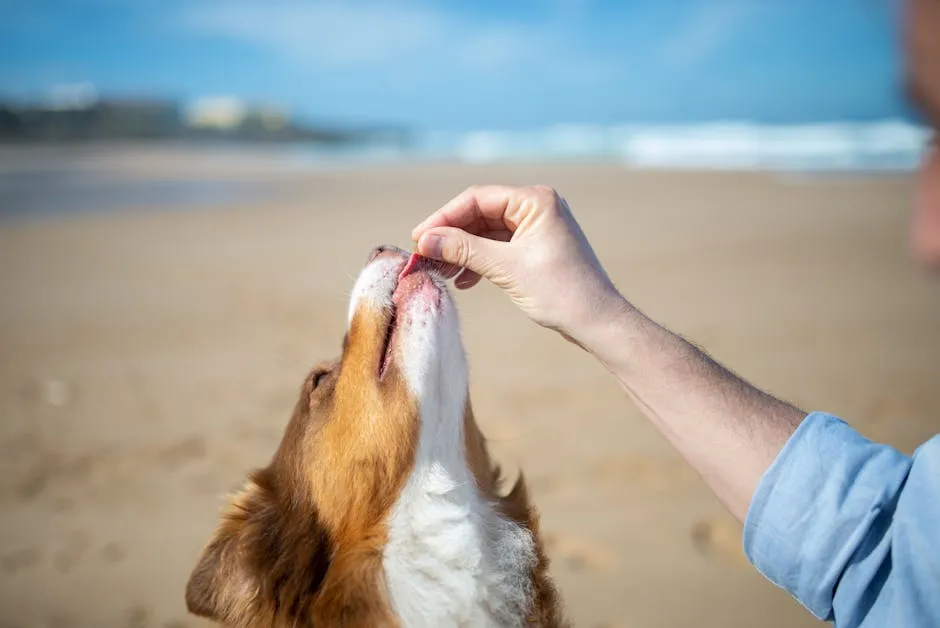
Techniques for House Training
Crate Training
Crate training is an effective method for house training your puppy. Dogs instinctively prefer not to soil their sleeping area. A properly sized crate encourages your puppy to hold it until they’re let outside. To make things even easier, consider the PetFusion Ultimate Dog Bed. It’s the perfect place for your pup to relax and feel at home.
Choose a crate that allows your puppy to stand, turn, and lie down comfortably but not too large. If the crate is too big, they may feel comfortable eliminating in one corner.
When using the crate, establish a routine. Take your puppy outside immediately after letting them out of the crate. Reward them with praise and treats when they go in the designated area. This positive reinforcement helps them associate going outside with good experiences, making house training easier and more enjoyable for both of you.
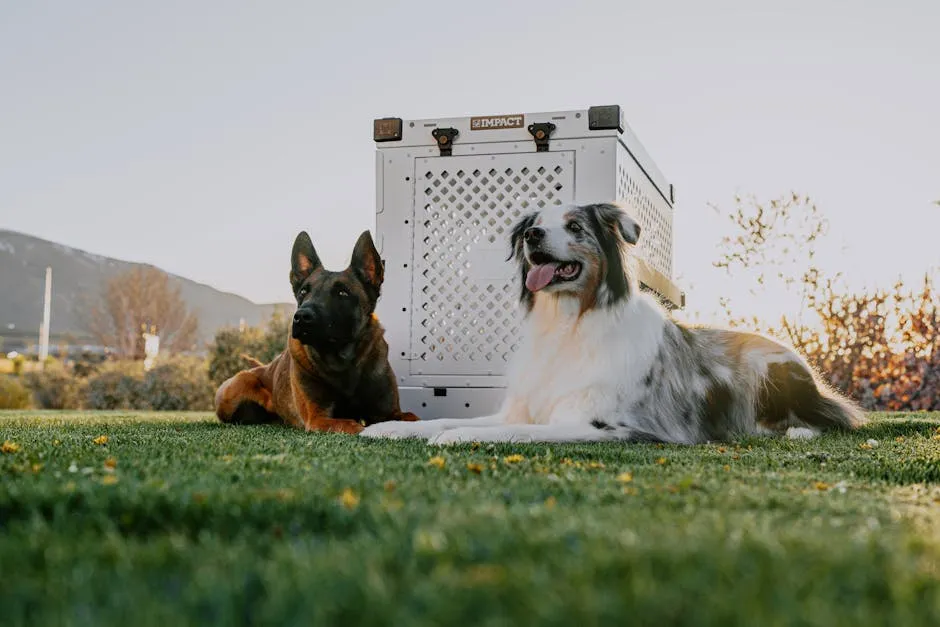
Using Puppy Pads
Using puppy pads can be a helpful tool for training. They provide a designated area for indoor relief. This is especially useful for busy owners or small breeds. However, there are pros and cons.
Pros:
Puppy pads offer convenience and can prevent accidents. They also simplify the process for puppies who aren’t ready for outdoor training yet. Pads can be beneficial during harsh weather or if you’re away for long hours.
Cons:
Relying solely on pads may delay outdoor training. If your puppy gets used to pads, they might resist going outside later. Transitioning can be tricky, as it requires changing their habits.
To transition from puppy pads to outdoor elimination, follow these steps. Gradually move the pads closer to the door. This helps your puppy associate the door with going outside. Once they consistently use the pads near the door, take them outside right after. Reward them for going outside to reinforce the new behavior.
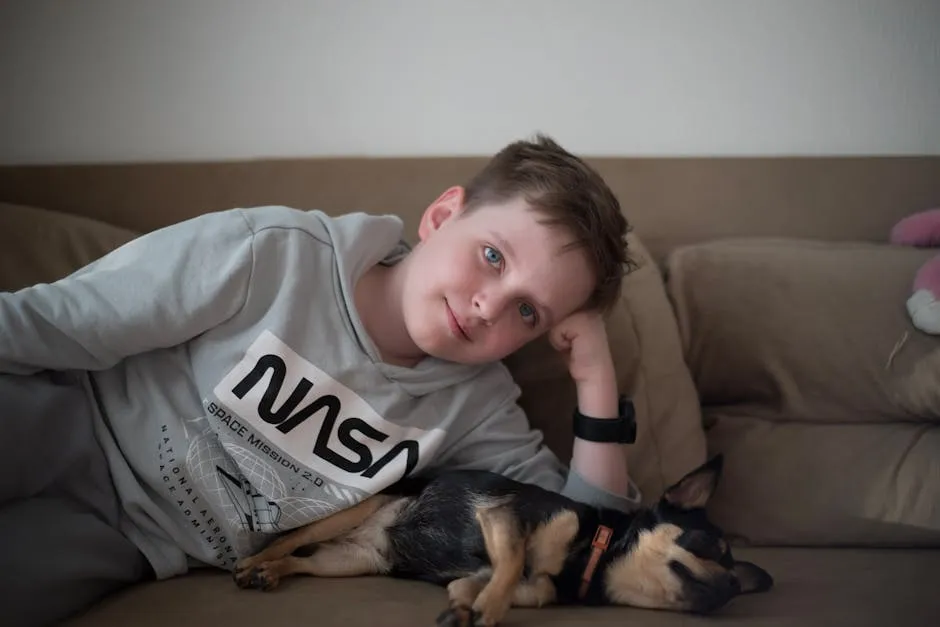
Positive Reinforcement
Positive reinforcement is vital in puppy training. It encourages desired behaviors effectively. When your puppy goes outside, reward them immediately. This can be through treats, praise, or even playtime. Timing is crucial; rewards should come right after they eliminate outside.
Effective rewards can vary. Some puppies respond well to tasty treats, while others enjoy verbal praise or petting. Find what motivates your puppy the most. Consistently rewarding them will reinforce their good behavior. This builds a strong bond and trust between you and your puppy.
Using positive reinforcement creates a happy training environment. Rather than focusing on mistakes, celebrate successes. This approach leads to a more confident and well-adjusted puppy. Remember, patience and consistency are key in positive reinforcement training. For more techniques, consider reading about effective positive reinforcement techniques for stubborn dogs.
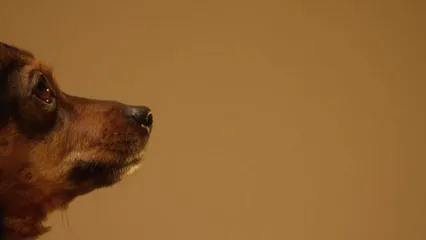
Recognizing Signs Your Puppy Needs to Go
Common Signals
Recognizing when your puppy needs to eliminate is essential. Puppies often show clear signs before they go. Look for behaviors like sniffing the ground, circling, or whining. These actions indicate they are ready to relieve themselves.
When you notice these signs, respond quickly. Lead your puppy outside to the designated toilet area right away. If they go, offer praise and a treat. This reinforces the correct behavior.
Sometimes, puppies may also scratch at the door or stare at you. Being attentive to these signals helps prevent indoor accidents. By encouraging outdoor elimination, you strengthen your puppy’s understanding of where to go.
Understanding these signals is a crucial part of successful house training. With practice, you’ll become adept at recognizing your puppy’s needs. This awareness fosters a smoother training experience and a happier puppy.

Troubleshooting Common Problems
Accidents Happen
Accidents are a common part of puppy training. Understanding why they happen can help you prevent them. Puppies may not have full control over their bladders yet. They might also be distracted by play or new surroundings. Stress from changes, like moving to a new home, can contribute too.
When accidents occur, it’s essential to stay calm. Punishing your puppy won’t help and can create fear. Instead, clean the area thoroughly with an enzymatic cleaner. This removes odors that might attract your puppy back to that spot. If you catch your puppy in the act, gently interrupt them and guide them outside. Praise them when they finish in the right place. This positive reinforcement encourages good behavior.

For effective cleaning, consider using Simple Green Outdoor Odor Eliminator. It’s a fantastic solution for tackling those stubborn smells, both indoors and out!
Setbacks in House Training
Setbacks can happen during the house training process. Sometimes, health issues arise that can affect your puppy’s ability to hold their bladder. Common problems include urinary tract infections or gastrointestinal issues. If you notice frequent accidents despite consistent training, consult your veterinarian.
Additionally, changes in routine can confuse your puppy. If your schedule shifts or you move to a new place, your puppy may struggle to adjust. Be patient and maintain a consistent potty schedule. If setbacks occur, return to the basics. Reinforce the routine and offer plenty of praise for successful trips outside. With time and persistence, your puppy can overcome these challenges.
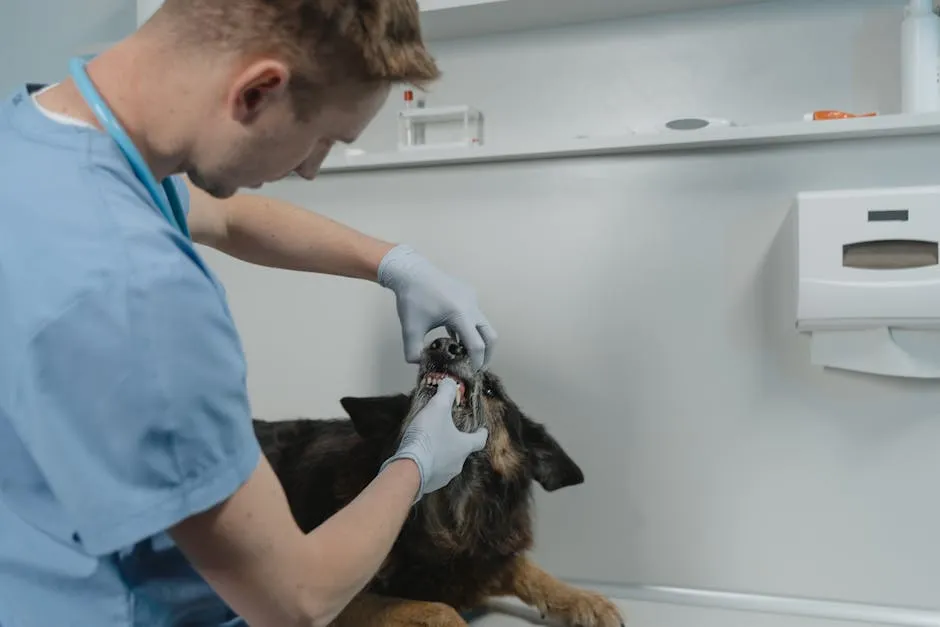
Advanced Techniques
Teaching Your Puppy to Signal
One advanced technique is teaching your puppy to signal when they need to go outside. This can make the process easier for both of you. Start by using a bell or a specific sound. Hang the bell by the door and encourage your puppy to ring it before going out.
Whenever you take your puppy outside, guide them to the bell. Say a cue like “Go potty” as they ring it. Eventually, they’ll learn to associate the bell with their bathroom needs. Reward them immediately when they signal correctly. This positive reinforcement reinforces the behavior, making it more likely they’ll repeat it. With practice, your puppy can effectively communicate their needs, leading to fewer accidents and a smoother training experience.
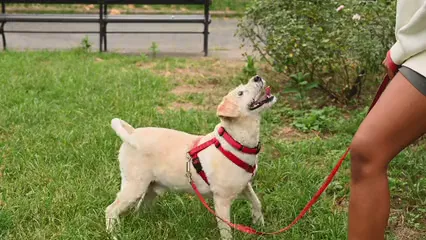
Long-term Management
Managing your puppy’s freedom is key to successful house training. Gradually increase their access to your home as they learn. Start by confining them to a small area. This helps prevent accidents and keeps them safe. As they show consistent potty habits, expand their boundaries.
Continued supervision is crucial during this phase. Always keep an eye on your puppy when they’re exploring new areas. This way, you can catch any signs that they need to go outside. Routines also play a significant role. Maintain a consistent schedule for feeding, play, and potty breaks. This helps your puppy establish healthy habits.
Patience and consistency are essential in this process. Eventually, your puppy will learn proper behavior and gain more freedom. With time and effort, you’ll create a well-trained companion who knows where to go.
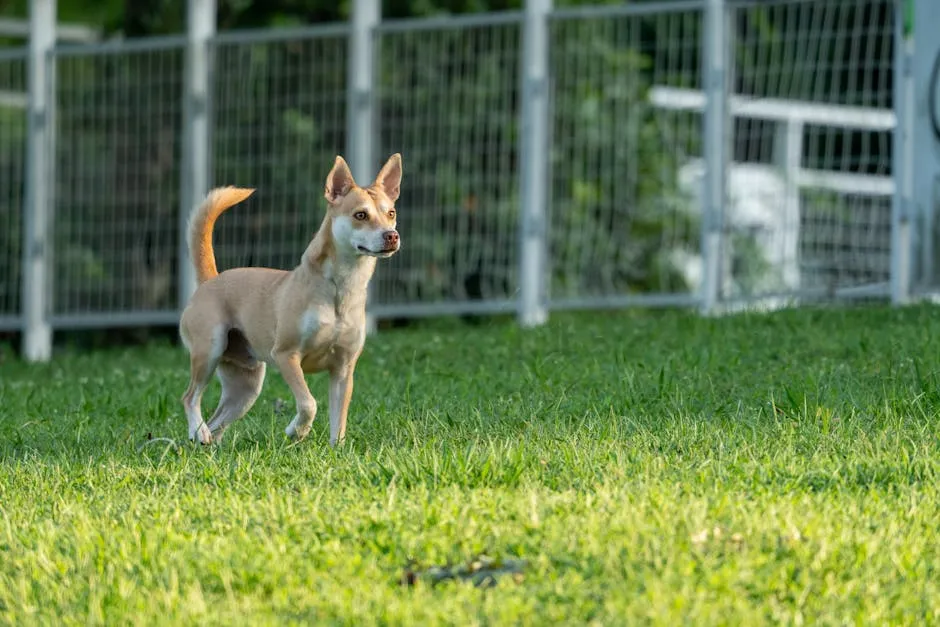
Conclusion
House training requires patience and consistency. Stick with your training methods for the best results. Remember, every puppy is unique and may learn at their own pace. Successful house training leads to a happier, healthier relationship between you and your furry friend. Celebrate small victories along the way to encourage both you and your puppy!
FAQs
How long does it typically take to potty train a puppy?
The puppy potty training duration varies. Most puppies can be trained in 4-6 months, but some may take longer.
What should I do if my puppy has an accident indoors?
For puppy accident response, calmly clean the area with an enzyme cleaner. Never punish your puppy for accidents.
Is crate training necessary for house training?
The importance of crate training lies in its effectiveness. A crate helps puppies learn to hold it and prevents accidents.
How often should I take my puppy outside?
Puppy potty break frequency should be at least every hour. Take them out after meals, play, or waking.
What are the signs my puppy needs to go out?
Recognizing puppy needs includes watching for sniffing, whining, or pacing. These are clear indicators they need to eliminate.
Can I use puppy pads indefinitely?
While puppy pads are helpful, transitioning to outdoor potty is important. Gradually move the pads closer to the door.
What should I do if my puppy is regressing in training?
Regression can happen due to stress or changes. Return to basics and reinforce routines to help your puppy regain confidence.
Please let us know what you think about our content by leaving a comment down below!
Thank you for reading till here 🙂
All images from Pexels

